With the continuous reduction of animal habitats and the increase of illegal hunting activities by humans, more and more monkey species are on the verge of extinction, and some have even become completely extinct. So among the many monkey species, which are the rarest in the world? At the same time, which monkey species are the most threatened? This article has sorted out the top ten rarest monkeys in the world, including golden-headed black leaf monkeys, broad-browed long-tailed monkeys, purple-faced black leaf monkeys, northern weasel lemurs, etc. Let's learn about them together.
The golden leaf monkey, also known as the golden black leaf monkey or the yellow-crowned leaf monkey, is an old world monkey found in Assam, India and the foothills of the Black Mountains in Bhutan. They are one of the most endangered primates in India. People living in the Himalayas have always said that golden leaf monkeys are rare, and the scientific community first knew about their existence in the 1950s. They are endangered, with a population of only 1,064 in 2001. Due to a lack of young monkeys, their population is estimated to be still declining. The golden leaf monkey has been selected for more than ten consecutive times in the "25 Most Endangered Primates in the World" published by the International Primatological Society, and is recognized as the rarest monkey in the world.
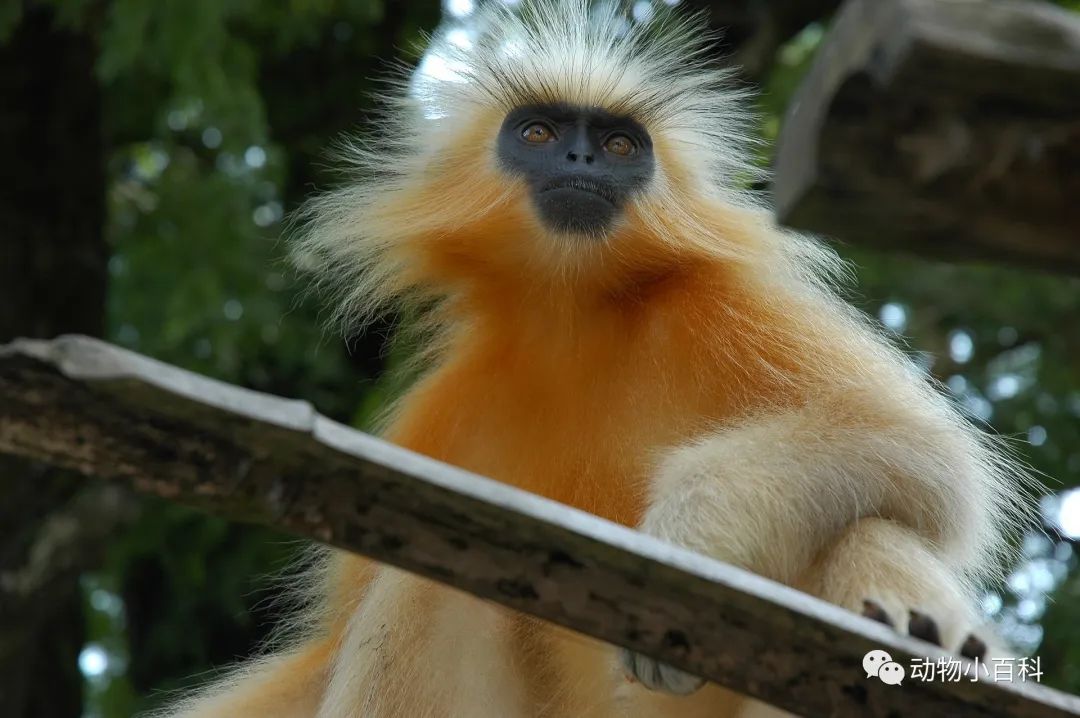
The golden leaf monkey has a lot of golden to creamy white fur, a black face, and a long tail up to 50 cm. They spend most of their time in trees, using their tails to balance their bodies when jumping. During the rainy season, they drink water from leaves. They are primarily herbivorous, eating fruits, leaves, seeds, buds, and flowers.
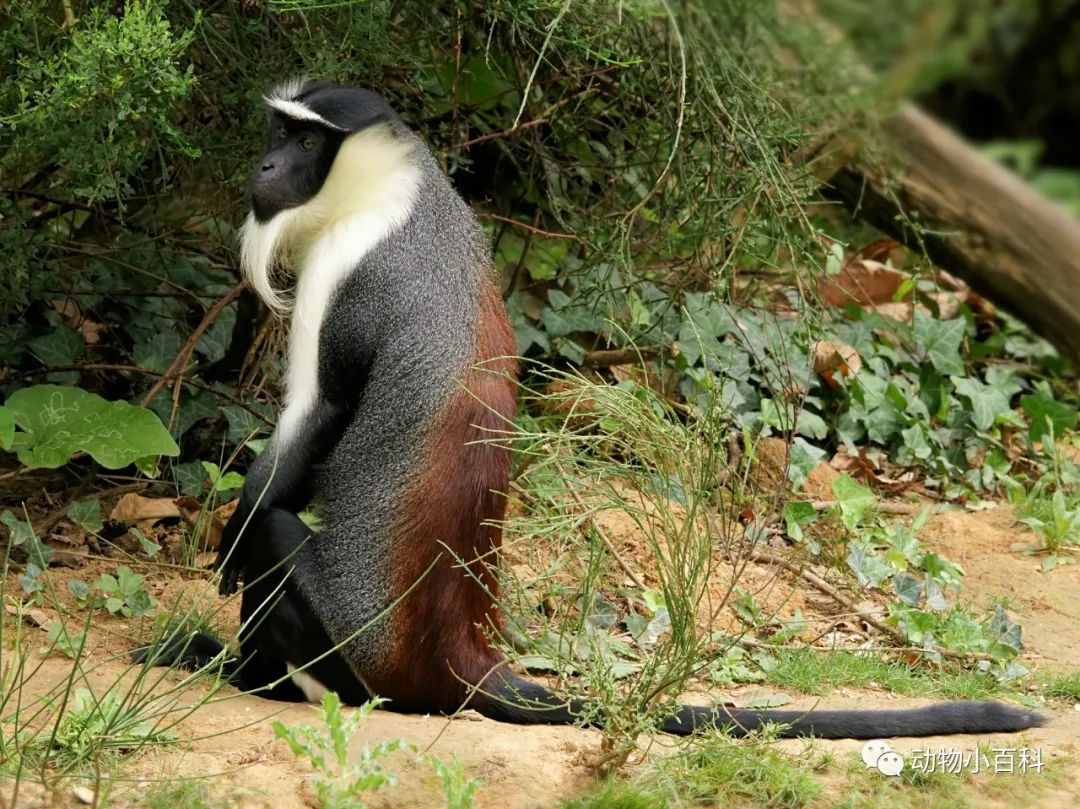
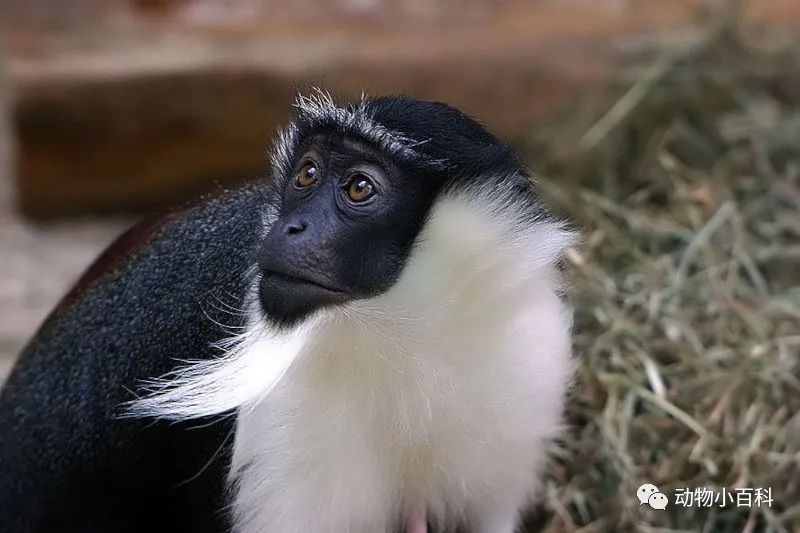
The broad-browed roloman monkey, also known as the Roloman's mustache monkey, is a unique tropical animal that lives mainly in the tree canopy in West Africa. They are mainly distributed in protected areas in Ghana and Côte d'Ivoire. Due to the reduction of habitat and the reduction of food supply, the number of this monkey has dropped sharply. Currently, there are only more than 1,000 of them left, and they are listed as one of the "critically endangered" species and have been included in the list of "The 25 Most Endangered Primates in the World" many times.
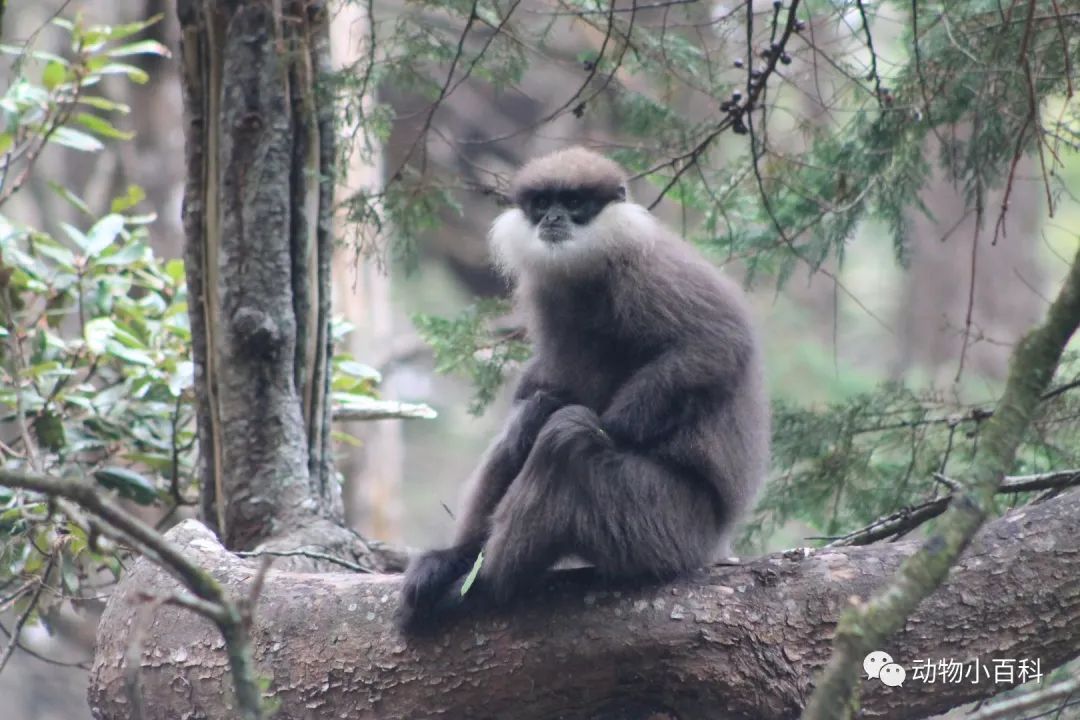

The purple-faced langur, also known as the purple-faced long-tailed langur, has brown-black skin on its body and limbs, and its whiskers range from white to light brown and grow backwards. There are four subspecies of this monkey, which differ in appearance and fur color and are mainly distributed throughout Sri Lanka. However, due to the continuous reduction of habitat and the threat of human activities, the number of purple-faced black leaf monkeys has decreased sharply. This monkey has been listed in the "25 Most Endangered Primates in the World" for many consecutive times, and is considered one of the rarest monkeys in the world.
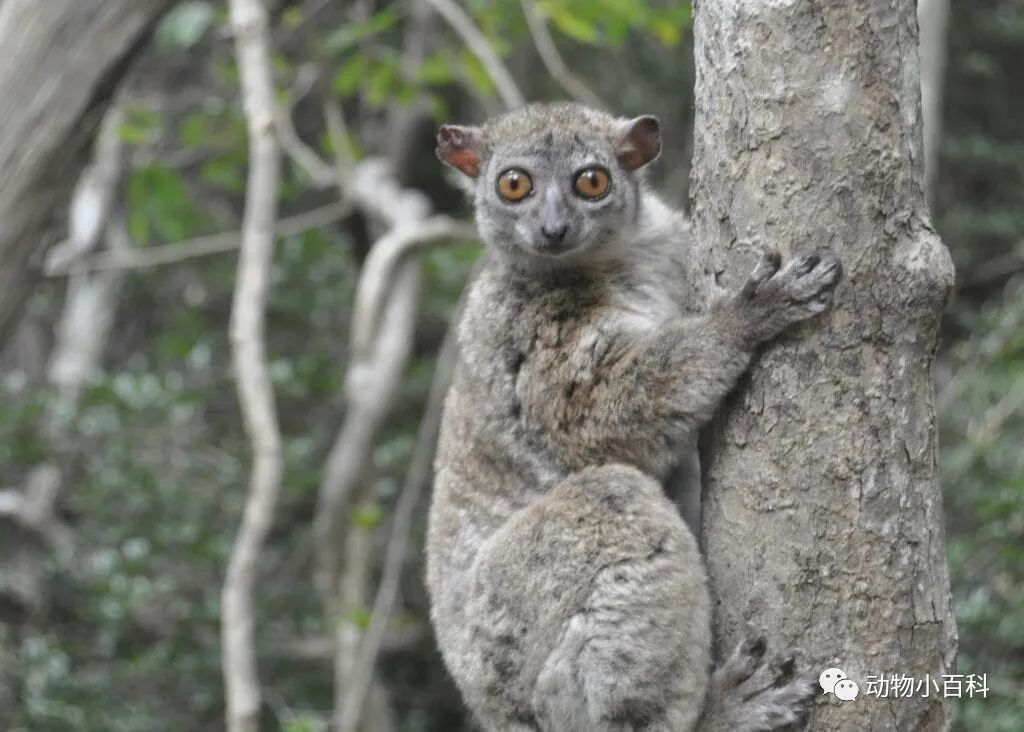
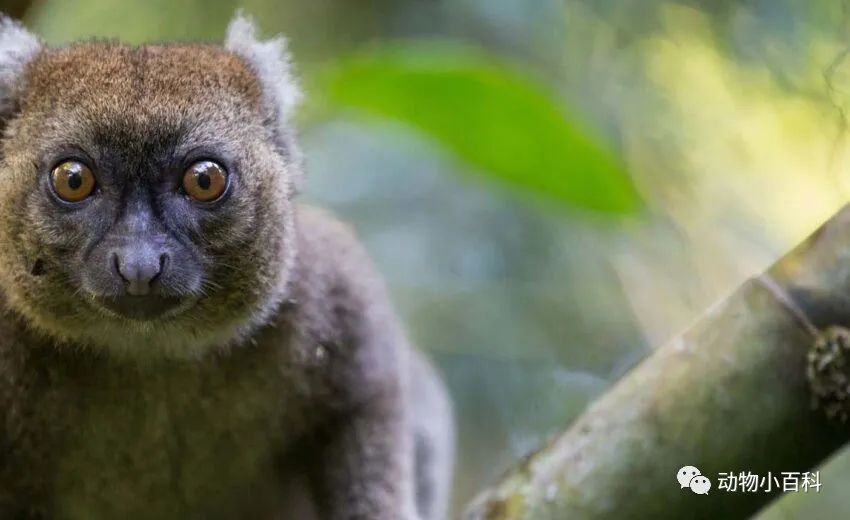
The northern ferret lemur is a small, arboreal primate that lives in the dry forests of northern Madagascar. They usually rest during the day and come out to forage at night, feeding mainly on leaves and occasionally fruits and flowers. However, in the past decade, due to the continuous destruction of its habitat, the number of northern weasel lemurs has dropped sharply. Today, there are less than 50 left. It is listed as a "critically endangered" species and has been selected as one of the "25 most endangered primates in the world" many times.
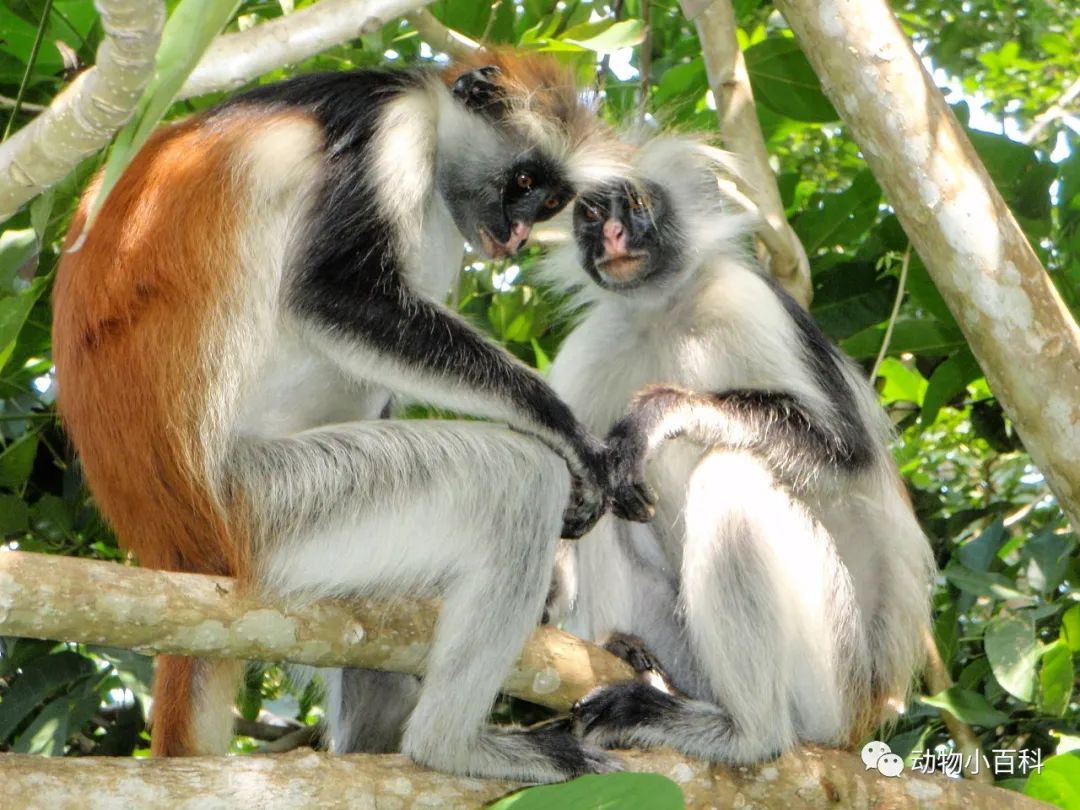
The Niger Delta Red Colobus was first discovered by scientists in 1993 and was initially thought to be a subspecies of the Eastern Red Colobus. However, in a 2007 genetic study, the monkey was upgraded to a separate species. Due to the continuous loss of habitat and hunting by humans, the number of Niger Delta Red Colobus has dropped sharply, and it is listed as one of the most endangered primates in the world. It is also listed as a critically endangered species in the 2008 Red List of Endangered Species by the World Conservation Union.
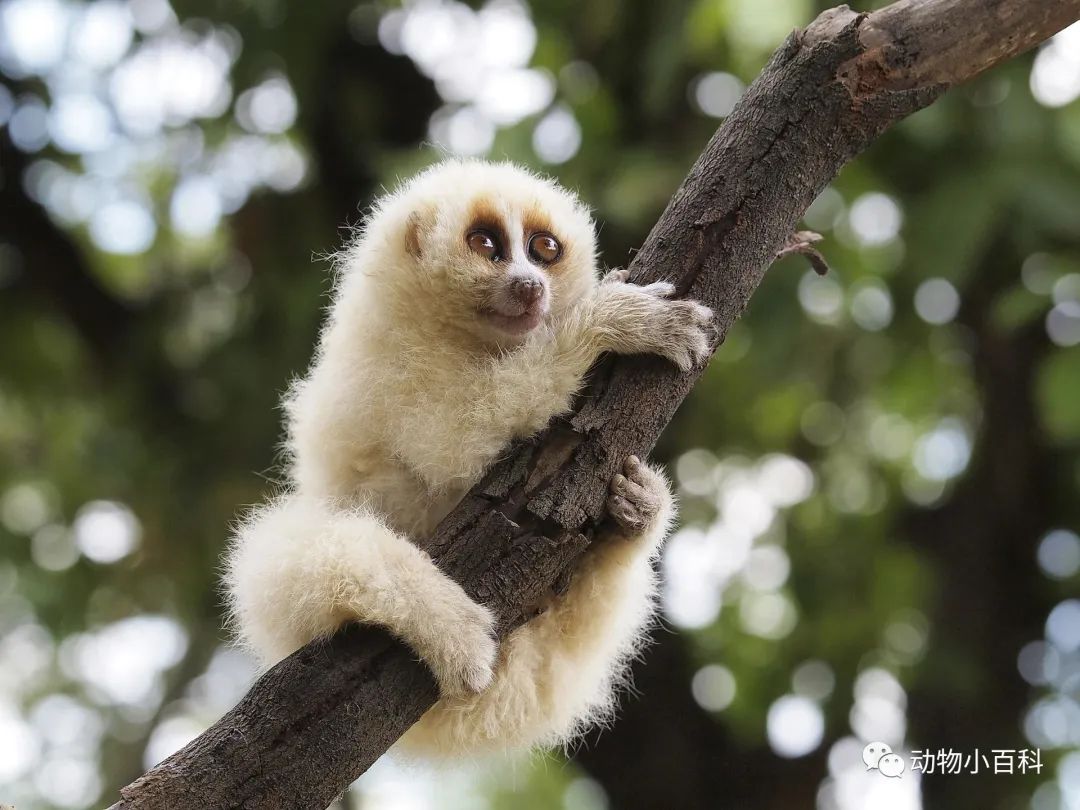
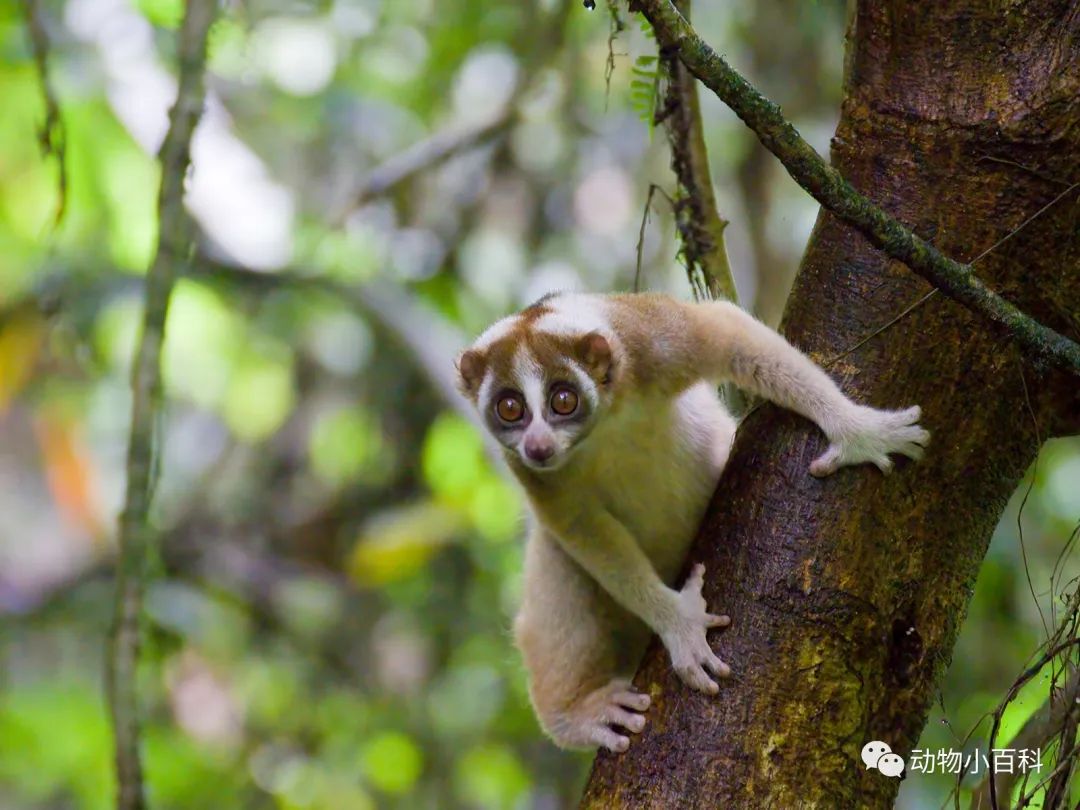
The Javan slow loris is only found on the island of Java, Indonesia. It has obvious facial and back stripes that extend to the top of the head and separate to the eyes and ears, forming a white diamond pattern on the top of the head, which looks very cute. Due to the continuous erosion of its habitat by human activities, the survival of the Javan slow loris is becoming increasingly critical. Therefore, it was listed in the Critically Endangered (CR) category of the IUCN Red List of Threatened Species in 2015, and has been selected as one of the 25 Most Endangered Primates in the World many times.
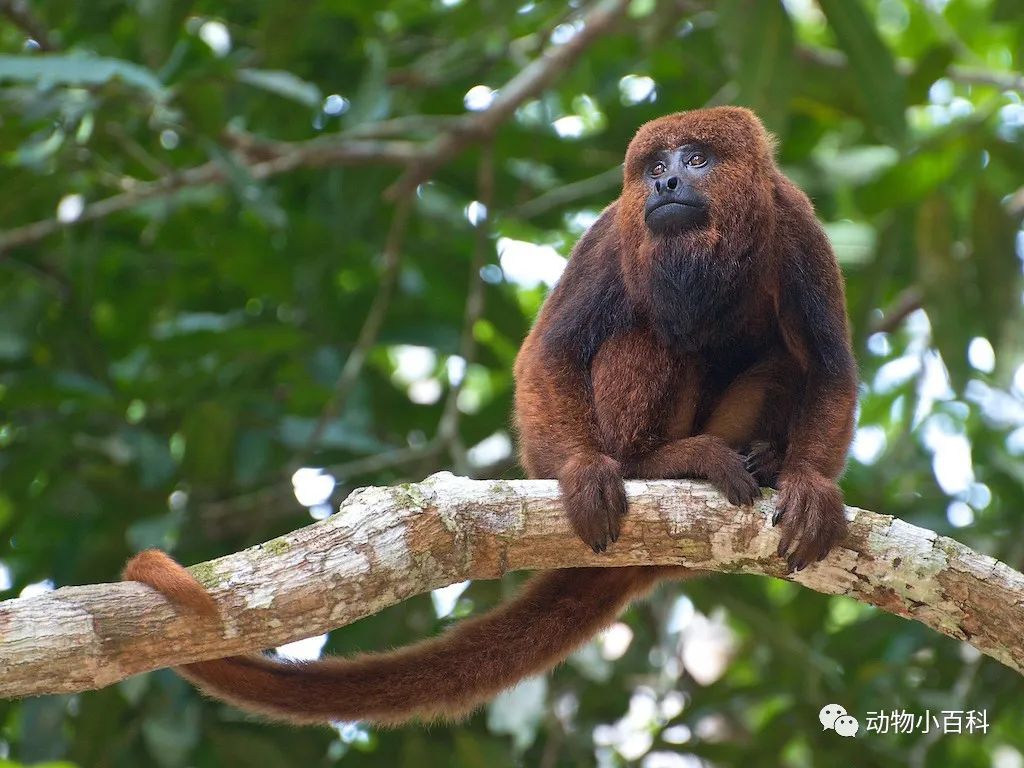
The Brown Howler Monkey is an animal that lives in the lowlands and mountains along the Atlantic coast of Brazil, with leaves and fruits as its main food source. They are the loudest primates. When they are active in the early morning and evening, or when they encounter enemies or compete for territory, they will make extremely harsh roars, which can even be heard 1.5 kilometers away. However, due to human hunting and forest destruction, the number of brown howler monkeys is decreasing. They have been listed in the list of "The World's 25 Most Endangered Primates" many times, becoming one of the rarest monkeys in the world.
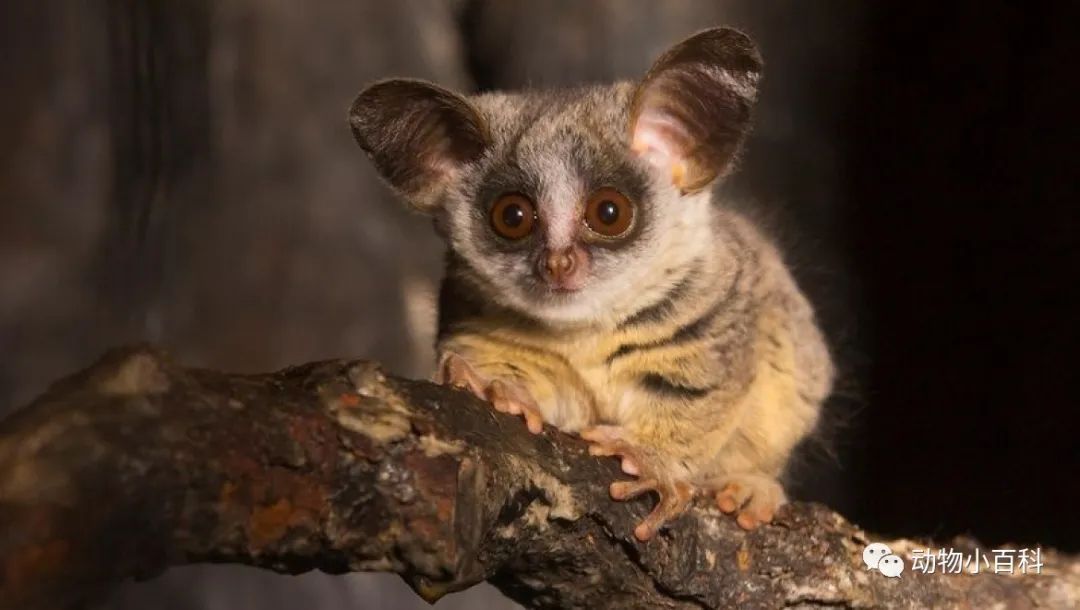
The velvet bush monkey is a small primate belonging to the family of Cercopithecidae, with a light weight of 60 grams. They mainly live in the forests of Tanzania and feed on insects and fruits. However, due to the continuous expansion of human agricultural activities, the living space of the velvet bush monkey has gradually shrunk. According to statistics in 2014, their distribution range is limited to a total area of 94.4 square kilometers, and the smallest part is only 2.4 square kilometers. Therefore, the velvet bush monkey is also listed as one of the 25 most endangered primates in the world.
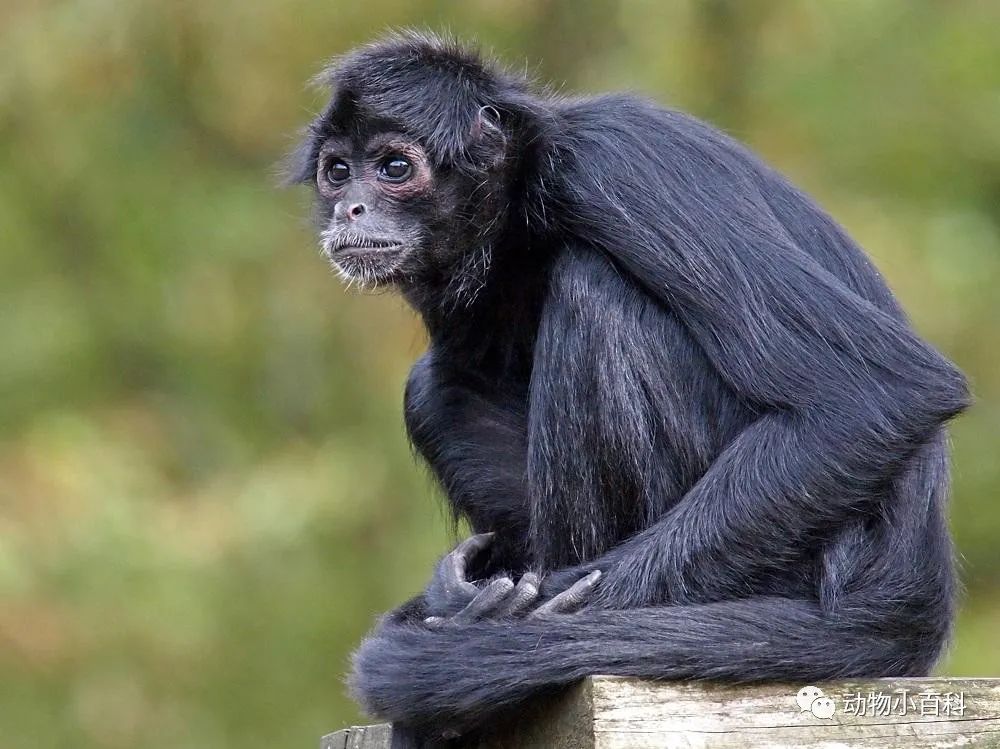
The brown-headed spider monkey is a species of spider monkey belonging to the New World monkey family, with a head-torso length of about 39-59 cm. They are widely distributed in the tropical forests of Central and South America, and usually feed on fruits and leaves, but also eat nuts, seeds, insects and eggs. However, due to the fact that indigenous people often capture them for food, coupled with the threat of deforestation, the brown-headed spider monkey is currently facing a critically endangered situation. In fact, they have been selected many times in the list of "The 25 Most Endangered Primates in the World".
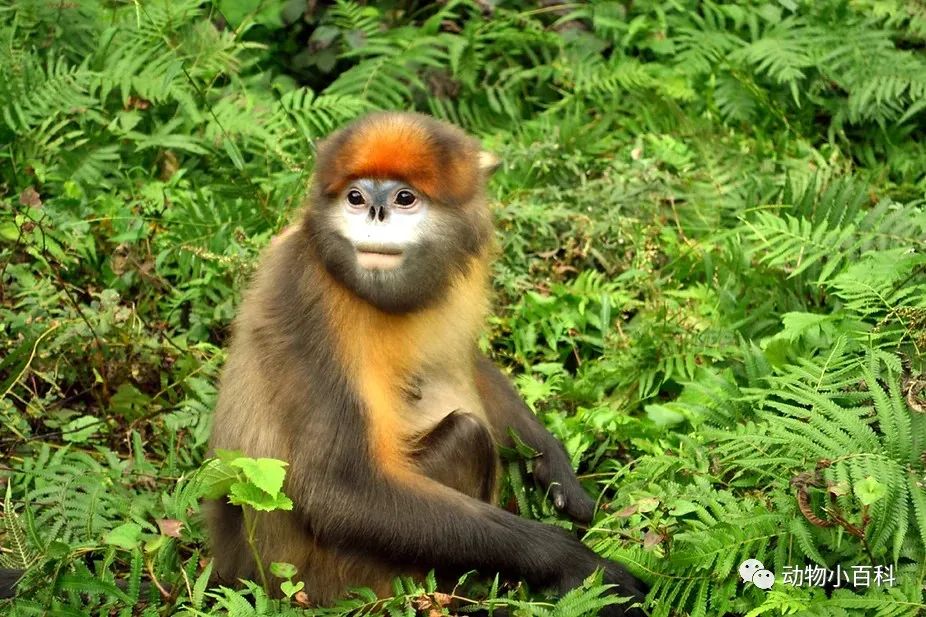
The Guizhou snub-nosed monkey, also known as the gray snub-nosed monkey, white-shouldered monkey, white-shouldered snub-nosed monkey, cow-tailed monkey, and line marmoset, is a rare monkey unique to my country, mainly distributed only in Fanjing Mountain, Guizhou. The size of the Guizhou snub-nosed monkey is slightly smaller than that of the Sichuan snub-nosed monkey, with a body length of 64-69 cm and a tail longer than the body, about 85-90 cm. It feeds on leaves, buds, flowers, fruits and barks of various plants. Due to the hunting habits of local residents, the hunting of Guizhou snub-nosed monkeys occurs from time to time. The most serious period was from 1962 to 1977, according to incomplete statistics, as many as 317 were hunted. The establishment of the Fanjing Mountain Nature Reserve has ensured the survival of the Guizhou snub-nosed monkey, and the current number is about 700.
The list of the world's top ten rarest monkeys mainly counts all the existing monkey species in the world, based on the endangered level and rarity of the species, and combined with the relevant Internet lists for comprehensive summary, for entertainment reference only, the relevant data is up to date.
animal tags:
We created this article in conjunction with AI technology, then made sure it was fact-checked and edited by a Animals Top editor.